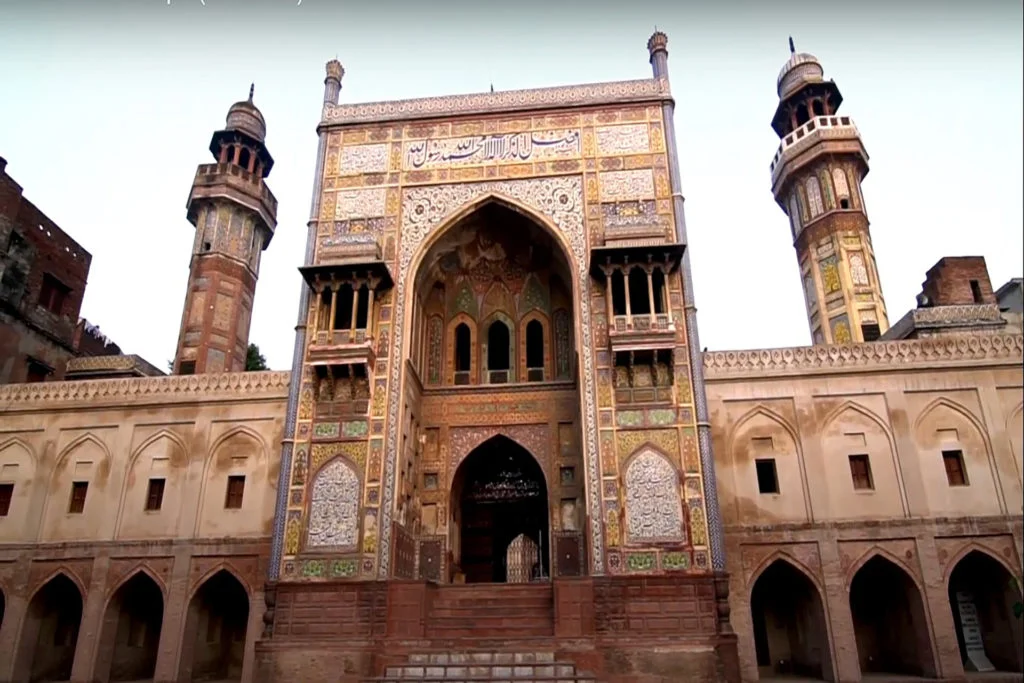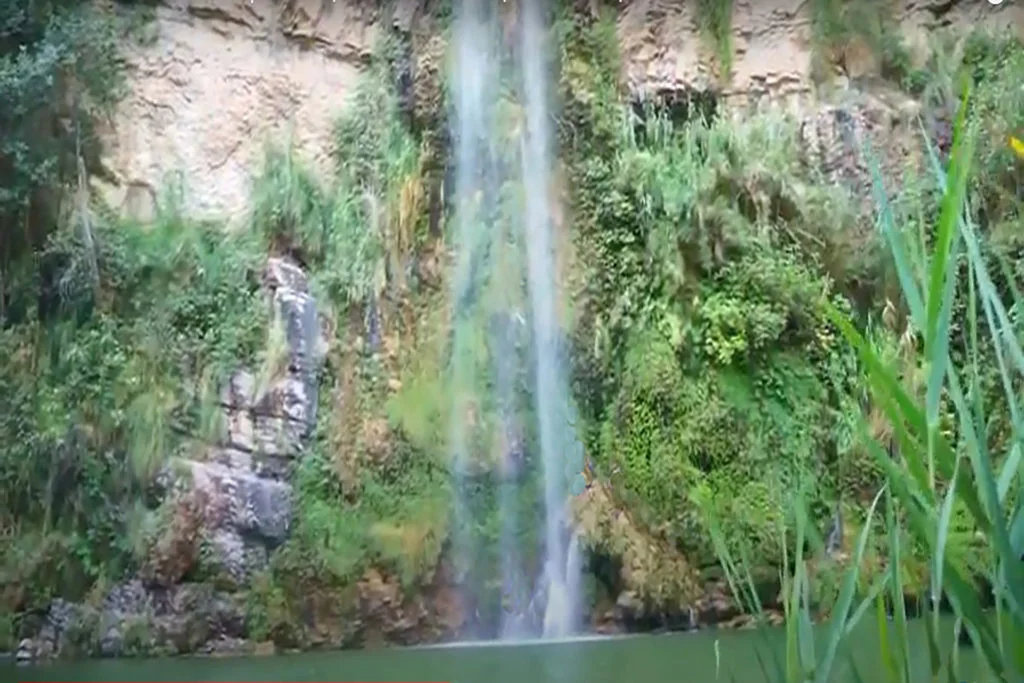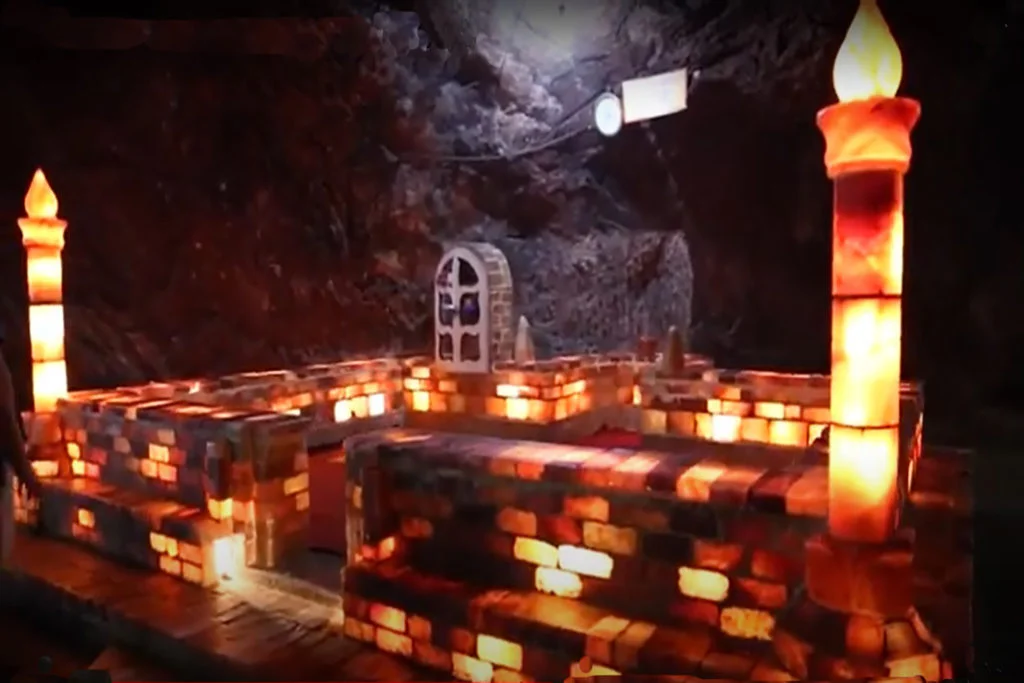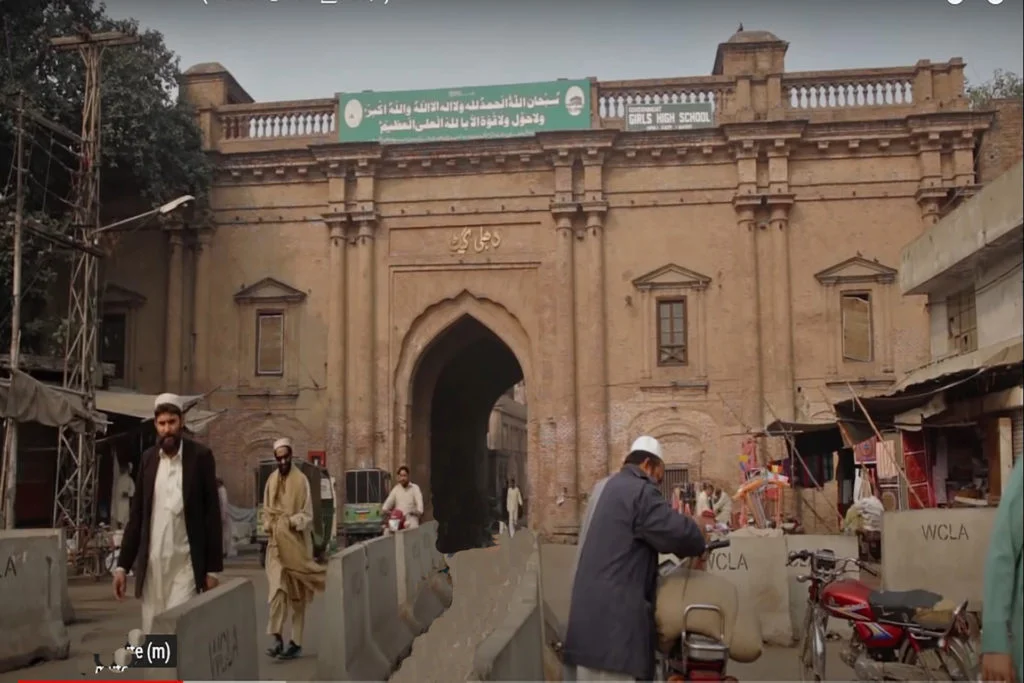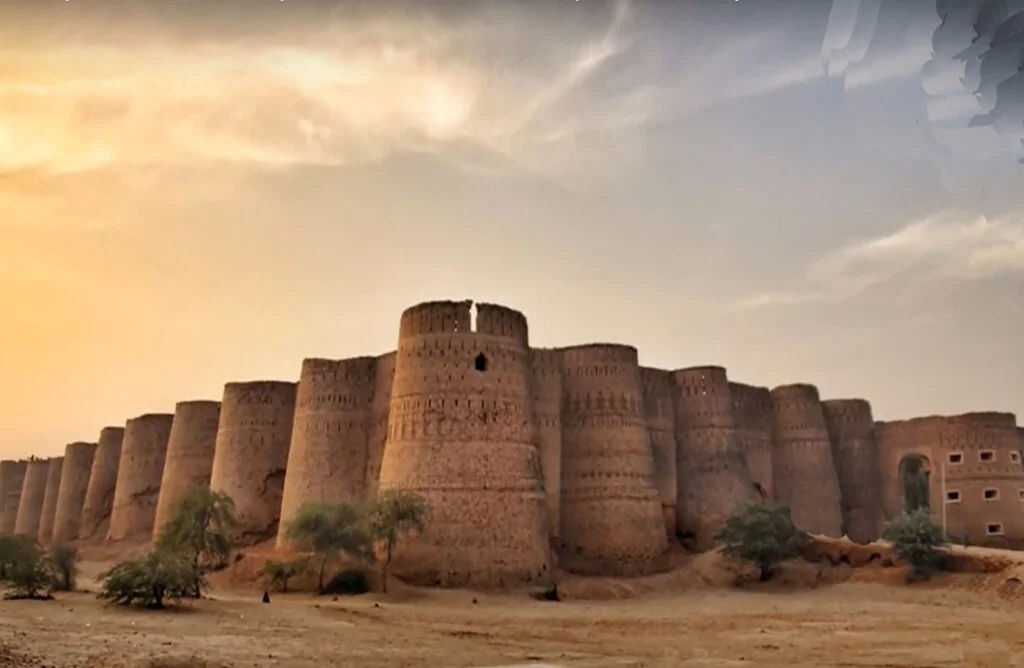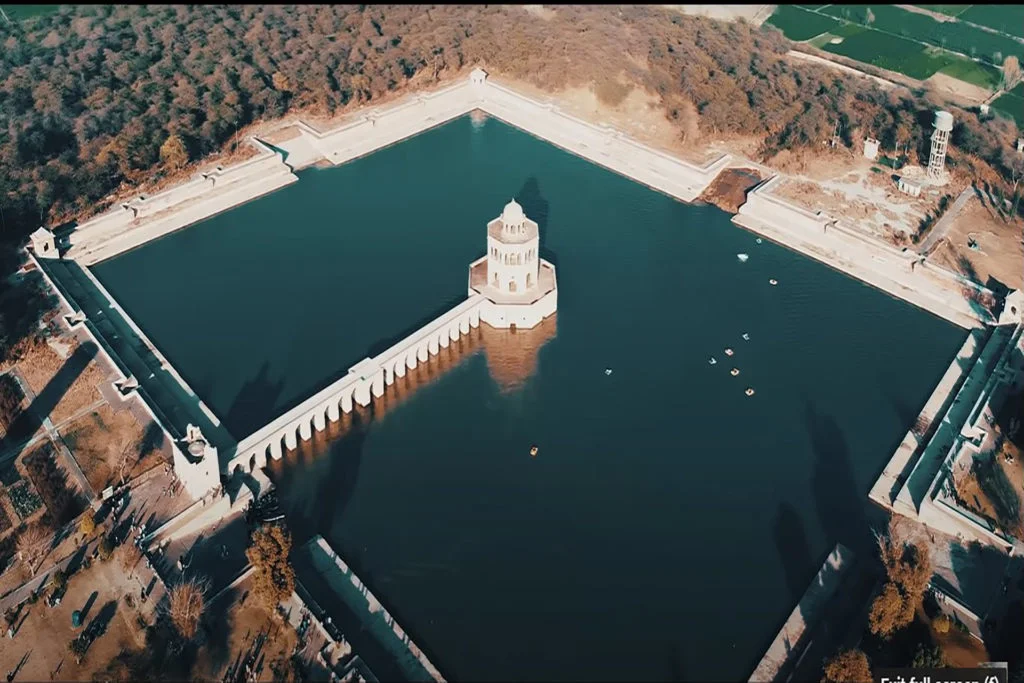History of Wazir Khan Mosque in Lahore
Wazir Khan Mosque also known as Masjid Wazīr Khān, is a 17th-century mosque located in the city of Lahore, the capital of the Pakistani province of the Punjab. Construction of the Wazir Khan Mosque began in 1634 C.E. and was completed in 1641. Wazir Khan Mosque in Lahore is on the list of UNESCO World Heritage.
Emperor Shah Jahan was one of the main sponsors of the Mughal architecture and left a legacy of numerous buildings throughout India and Pakistan, particularly the Taj Mahal. Of all the monuments he has authorized, the Wazir Khan Mosque differs in its entirety from its decorative features, which reflect the high artistic ability of the period and the diversity of its cultural influences.
Teams of artists from all over the empire, using artistic techniques and decorative illustrations for their birthdays, adorn this royal mosque with a variety of attractive colors. The deep red Tazakari (embedded bricks) encloses the panels of glazed Kashi Kari (polished tile work) and the bright Naqqashi (frescoes), depicting intricate textures, geometric designs, and loads of flowering flowers.
Using a policy of tolerance and incarceration, Mughal emperors recruited nobles and painters from the royal court from enlarged territories, such as Persia, Central Asia, and India. The integration that resulted from cultural and religious influences, which are evident in the Mughal art and architecture, demonstrated the reach and power of the empire.
The elements of the masjid also include remote regional styles. The front face of the complex consists of the central Eiwan (entrance façade) and the Chahar Taq (entrance building) surrounded by shopping corridors. The installation of a bazaar in the area of the mosque is a feature of Central Asian architecture, while the Chahar Taq type is a Persian element. From Eiwan, there are two balconies representing the local influence, Lahore which is equally integrated into the Mughal style.
Considered the most ornate Mughal mosque, the Wazir Khan Mosque in Lahore is famous for its elaborate kashi-kari style, with its interiors adorned almost entirely with artistic paintings of the Mughal period. The mosque has been in a state of disrepair since 2009 under the auspices of the Aga Khan Trust for Culture and the Punjab Government, with donations from the governments of Germany, Norway, and the United States.
The mosque is located in the Wall City of Lahore on the south side of Lahore’s Shahi Guzargah, or “Royal Road,” which was a traditional route taken by Mughal nobles on the way to the palaces at Lahore Fort. Wazir Khan Mosque is located at a distance of around 260 meters west of the Delhi Gate, where the Shahi Hammam mosque is located. The Wazir Khan Mosque in Lahore also faces the city square known as the Wazir Khan Chowk and the Chitta Gate.
The chief physician at the Mughal Court, Hakeem Ilam-ud-din Ansari, better known as Wazir Khan, sanctioned the mosque. Wazir Khan later became a subahdar, or Viceroy of Punjab, and authorized several memorials in Lahore. Prior to the construction of the Wazir Khan Mosque in Lahore, the site was once used by an ancient shrine.
Reason of Fame of Wazir Khan Mosque in Lahore
Wazir Khan mosque in Lahore was part of a larger building that included a line of shops traditionally reserved for photographers and book collectors, as well as a town square in front of the main entrance to the mosque. Revenue from these sources was intended to serve as a waqf, or gift, for the maintenance of the mosque.
Construction of the mosque began under the rule of Mughal Emperor Shah Jahan in 1634 or 1635, and it was completed for about seven years.
The Wazir Khan Mosque in Lahore is famous for its intricate and elaborate decorations.
The mosque is located on an elevated site, with a large entrance opening to the Wazir Khan Chowk. The outer perimeter of the Wazir Khan Mosque measures 279 feet (85 m) by 159 feet (48 m), with a long axis corresponding to Shahi Guzargah. [19] It is made of bricks placed in canker mortar.
The Wazir Khan mosque is famous for its intricate decoration and style based on decorative traditions from a few regions.
The bricks facing the outside of the mosque are richly decorated with the work of a Persian-style theme known as kashi-kari. The facades facing the inner courtyard are richly decorated with ornaments and a palette depicting powerful influences from 17th-century Persia.
A large prayer hall is richly decorated with Mughal statues.
The facade of the entrance to Wazir Khan Chowk is adorned with intricate tile work and calligraphy that includes verses from the Qur’an, the words of Prophet Muhammad, the Prophet’s prayers, and calligraphic symbols. Above the door of the iwan hall of prayer are larger verses from Quran’s surah Al-Baqara written by calligraphist Haji Yousaf Kashmiri.
The interior walls of the Wazir Khan Mosque in Lahore are plastered and adorned with elaborate frescoes. local Punjabi decorative styles. The main prayer hall consists of a square arena where the largest dome of the mosque lies – a type of Persian known as Char Taq. The lower part of the dome has carved figures depicting trees in pairs, wine jars, and fruit posters, referring to the Islamic view of Paradise.
The arch niche at the entrance to the mosque overlooking the Wazir Khan Chowk is richly decorated with flower statues and has one of Lahore’s earliest examples of muqarnas – a feature of architecture found in the Alhambra in Spain, as well as in several Iranian temples. The lower dome above the prayer hall reflects the style of the early Lodi, who ruled in Lahore before the Mughal period.
The entrance to the Wazir Khan Mosque is entered by Iwan’s large Timurid style over a small port overlooking the Wazir Khan Chowk. Iwan is surrounded by two picturesque balconies. Above iwan is a manuscript of the Arab Islamic faith written in intricate art. Iwan side panels contain Persian quatrains written by calligraphist Muhammad Ali, a former student of the Sufi saint Mian Mir. The panel to the right of the iwan reads as follows:
To all who turn to Qibla in prayer, may this door remain open and prosperous until the day of resurrection.
Everything we sow in this world we will reap in the following. Lay a good foundation in this life, for everyone must pass through this gate to Paradise.
A small entrance leads to an octagonal covered room in the center of the mosque “Calligrapher’s Bazaar.” Axis Bazaar, to be launched in South Asia. Two of the four axes are oriented like Calligrapher’s Bazaar, while the other two are in a straight line from the entrance to the mosque, to the center of the main prayer hall.
Passing through the site the octagonal room leads to the central courtyard of the mosque. The courtyard measures 160 and 130 feet, and shows galleries with arches surrounding the central brick-paved courtyard – a common feature of Persian temple shrines in Iran.
The courtyard of the mosque contains a pool used for bathing in Islamic culture, a 35- and 35-foot wudu. The courtyard contains an underground crypt containing the 14th-century tomb of the Sufi saint Sed Muhammad Ishaq Gazruni, known as Miran Badshah.
The yard is surrounded on all sides by 32 canopies or small cloisters read by theologians. The 60-meter-high slope of the mosque is located in each corner of the courtyard.
The mosque prayer hall is located in the western part of the area, and it is about 130 feet long and 42 feet wide. It is divided into five sections corresponding to one long path running north to south, similar to the prayer hall at the old Mariam Zamani Begum Mosque.
The central part of the prayer hall is above the 31-foot-wide dome with a 23-foot-wide [4 m] arch over four arches forming a square – a Persian architecture known as Char Taq. The rest of the prayer hall is above the 21-foot-long dome and 19-foot wide, built in the style of the former Lodi dynasty. The northern and southern parts also have small cells with folding stairs leading to the roof.
The inner walls of the prayer hall are also decorated with calligraphy in Arabic and Persian. The walls are equally divided and contain unique mosaic designs. The acoustic architecture of the dome allows the imam’s sermon to be displayed in the courtyard of the mosque.
In 1993, Wazir Khan Mosque in Lahore was added to the UNESCO list of World Heritage Sites. In 2004, the Punjab Government launched efforts to save and restore the mosque. In 2007, the Aga Khan Trust for Culture partnered with the Punjab Government to restore the monument, and in 2009 launched a two-year comprehensive survey of the mosque as part of a larger effort to restore the Lahore City of Lahore. In 2015, the site was 3D-designed in partnership between Lahore University of Management Sciences and the United States Agency for International Development.
Restoration projects at the Wazir Khan Mosque in Lahore began in 2004.

